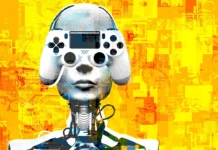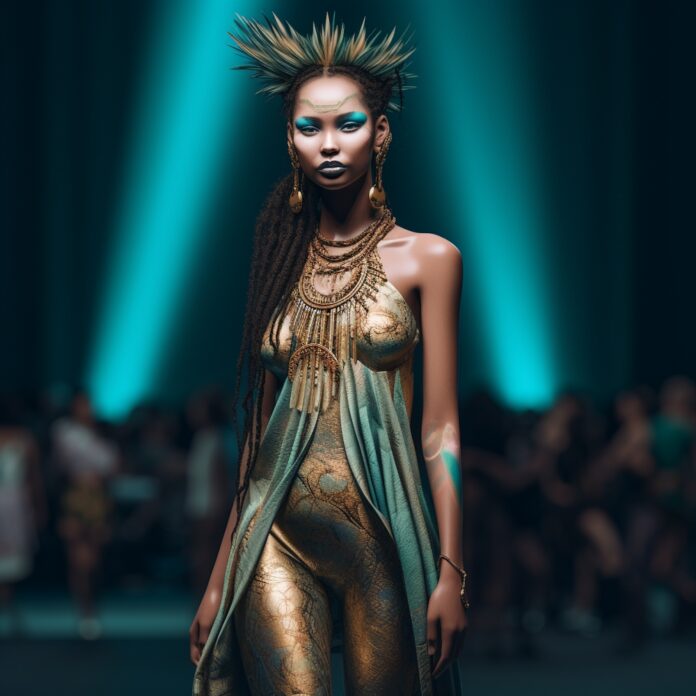
In the evolving landscape of commercial photography, AI fashion models are becoming increasingly prominent. This shift is reshaping the industry, offering new opportunities and challenges alike. This article explores the rise of AI in fashion photography, examining its impact, benefits, and the ethical considerations it brings to the fore.
The Rise of AI in Fashion Photography
The integration of Artificial Intelligence (AI) into fashion photography marks a significant turning point in how content is created and consumed.
Origins and Evolution
The AI model first emerged as a novel concept, blending technology with creativity. Initially, these digital entities were simple and used primarily for background characters in virtual environments. However, advancements in AI and machine learning have propelled these models to the forefront of fashion photography. They now possess intricate details and realistic movements, making them nearly indistinguishable from human models.
The evolution is closely tied to the technological advancements in image generation and motion capture. As these technologies improved, so did the realism and versatility. This progression allowed for more sophisticated applications in fashion photography, where the demand for innovative and eye-catching content is ever-present.
Impact on the Industry
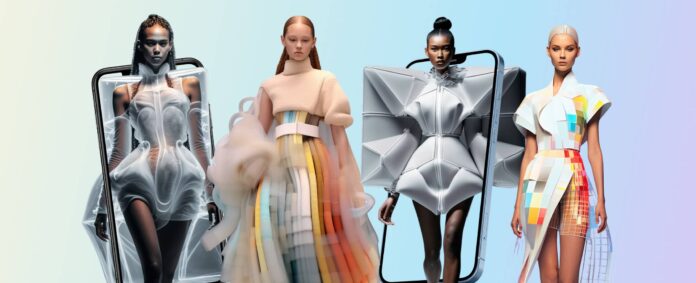
The impact on commercial photography is profound. They offer a level of flexibility and efficiency unmatched by traditional methods. With AI models, photographers and brands can experiment with an endless variety of looks, styles, and settings without the logistical constraints of physical photoshoots.
This transformation is not without its challenges, though. The rise of AI models is altering the demand for human models and reshaping the skill sets required by photographers and digital artists. As the industry adapts, professionals must navigate these changes, balancing the use of AI with the irreplaceable creativity and intuition of human talent.
Benefits of AI Fashion Models
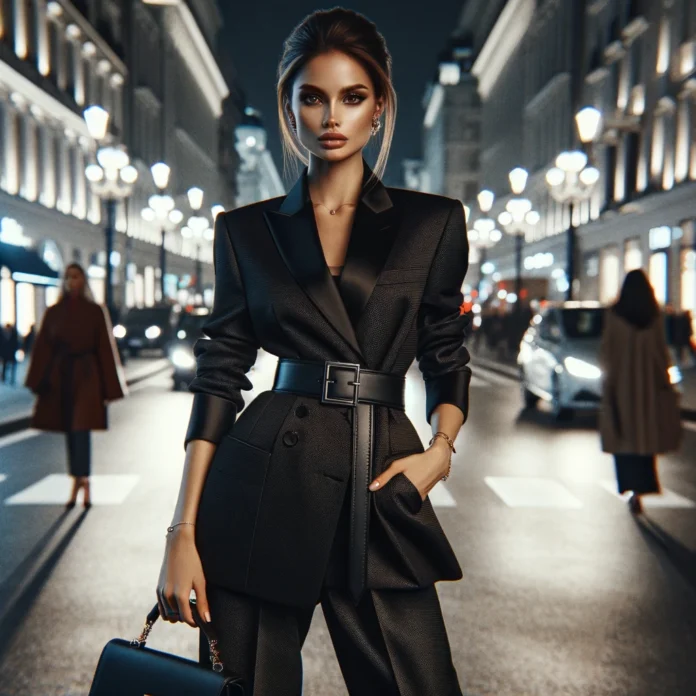
These models offer several advantages that are hard to ignore. This section highlights the key benefits that contribute to their dominance in commercial photography.
Cost Efficiency and Speed
One of the most compelling advantages is cost efficiency. Traditional photoshoots involve numerous expenses, from model fees to location and equipment rentals. On the other hand, they require no physical space or tangible resources, significantly reducing costs.
Moreover, the speed at which content can be produced with AI models is unparalleled. Changes to outfits, hairstyles, or settings can be made with a few clicks, enabling brands to create and adapt content at a pace that keeps up with the fast-moving fashion industry.
Creative Freedom and Innovation
AI models open up new realms of creative possibility. Without the constraints of the physical world, photographers and designers can experiment with avant-garde concepts and surreal environments that would be impractical or impossible to achieve otherwise.
This freedom fosters innovation, allowing brands to stand out in a crowded market. The unique capabilities of AI models enable the creation of distinctive, eye-catching content that captures the imagination of consumers.
Ethical Considerations and Future Implications
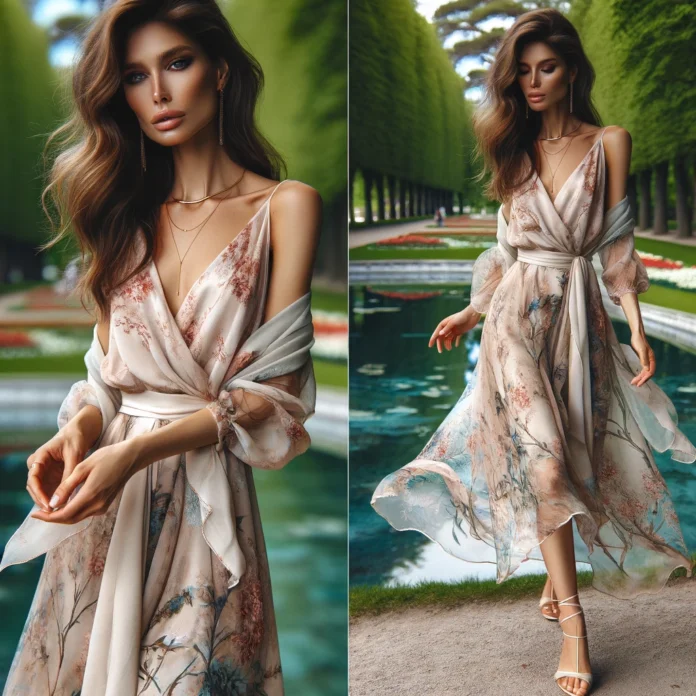
The use prompts a discussion about authenticity in advertising. As these digital entities become more lifelike, the line between real and artificial blurs, raising concerns about the impact on consumer perceptions and expectations.
Looking ahead, the role of fashion photography is set to expand. As technology advances, we can expect even more realistic and interactive models, capable of simulating complex human expressions and movements.
Technological Advancements Behind
Machine learning algorithms are at the heart, enabling them to learn from vast datasets of human images and movements. This learning process allows them to mimic human poses, expressions, and styles with remarkable accuracy. As these algorithms become more sophisticated, the realism and versatility continue to improve, pushing the boundaries of what’s possible in digital fashion photography.
Computer vision technology allows AI systems to understand and interpret visual information in a way that mimics human vision. Combined with advanced graphics, it enables the creation that not only looks real but also interacts with virtual environments in realistic ways. This synergy between computer vision and graphics is crucial for producing high-quality, lifelike images of AI fashion models.
The Role of AI in Sustainable Fashion
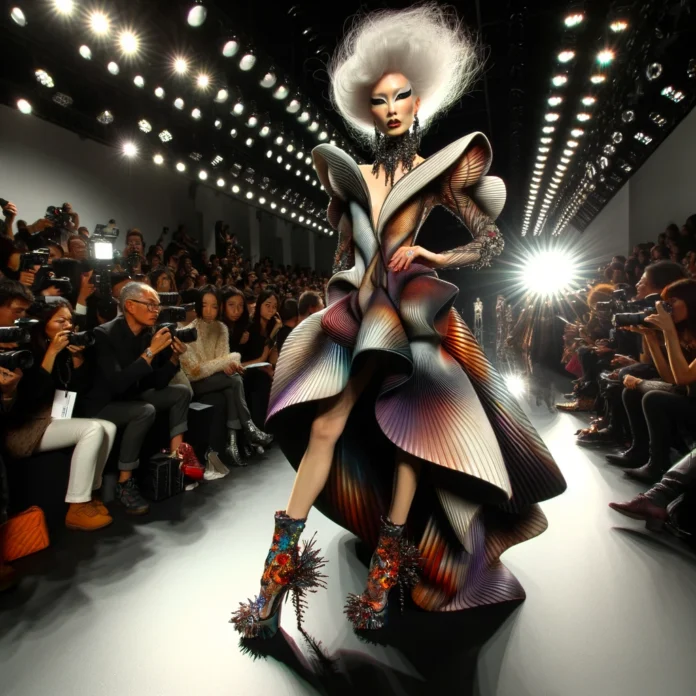
By minimizing the need for physical samples and prototypes, they can significantly reduce waste in the fashion design process. Virtual modeling allows designers to experiment and refine their creations digitally, cutting down on the material and energy consumption associated with traditional methods. This shift can contribute to a substantial reduction in the industry’s carbon footprint.
AI models can also play a role in encouraging more conscious consumption patterns. Virtual try-on experiences and digital showcases can help consumers make more informed choices, reducing the likelihood of returns and the waste associated with them. By providing a more interactive and personalized shopping experience, they can help align the fashion industry with more sustainable and responsible consumption practices.
The Blending of Art and Technology
For photographers and digital artists, they offer a new medium that expands the canvas of creative expression. This fusion of art and technology opens up novel avenues for storytelling, allowing creators to convey complex narratives and emotions through digital fashion imagery. As artists explore this new terrain, the results are often groundbreaking, challenging traditional notions of fashion and photography.
The integration of AI into the creative process is transforming how fashion content is conceptualized, developed, and delivered. Artists can now manipulate every aspect of an image with unprecedented control and precision, from the lighting and environment to the model’s pose and expression. This control empowers creators to execute their vision with a level of detail and consistency that was previously unattainable, heralding a new era in commercial photography.
Ethical AI Development in Fashion
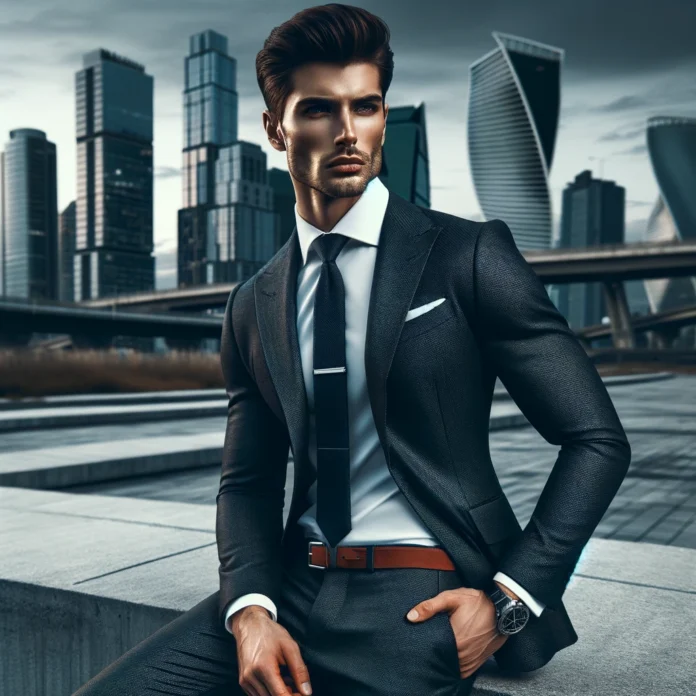
The development must adhere to strict ethical standards, particularly concerning the use of personal data and the depiction of human likenesses. Ensuring the privacy and consent of individuals whose data may be used to train AI systems is crucial. Ethical AI development involves transparent practices, respect for intellectual property, and the protection of individuals’ rights and dignity.
Navigating the Future of AI in Fashion
The next generation will likely feature even more sophisticated interactions and personalization options, blurring the lines between virtual and physical fashion experiences. Advances in AI could lead to models that adapt to individual consumer preferences, offering a tailored experience that enhances engagement and connection with brands.
Conclusion
In conclusion, AI fashion models are reshaping the landscape of commercial photography, offering new opportunities for creativity and efficiency. As the industry navigates the benefits and ethical considerations of this shift, the future of fashion photography promises to be as dynamic and innovative as the technology itself.


